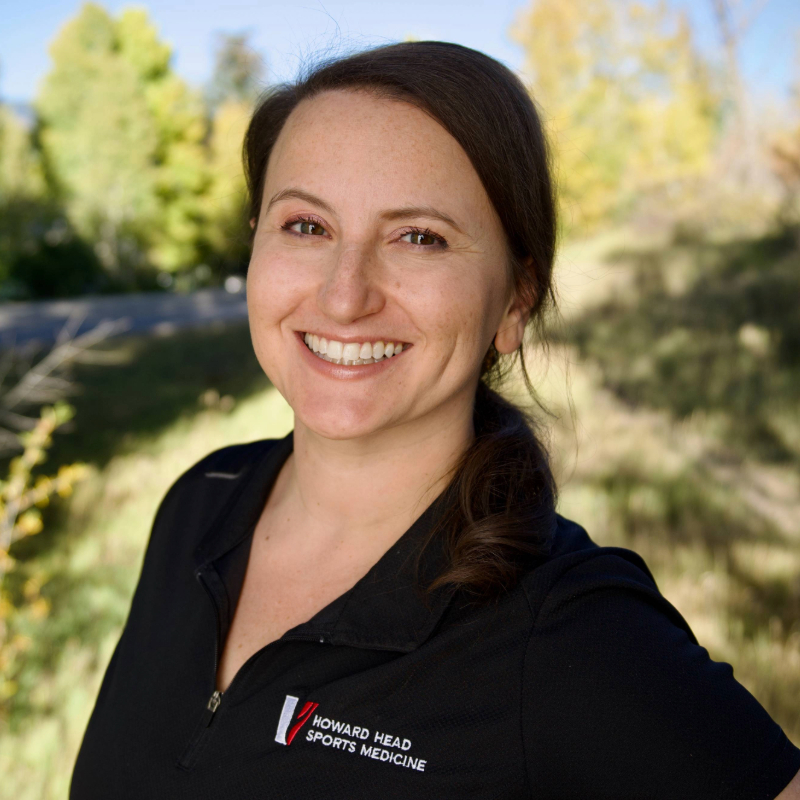The same thing should happen with aches and pains throughout your body. For some people however, that alarm system doesn’t turn off when it should. The nervous system that used to give protection is now overly sensitive, even if that danger or injury is no longer present – that pain has now become chronic. Chronic pain can develop due to several personal factors including failed treatment, fear, anxiety and depression, home and work stressors, and even family history of chronic pain.
If our nervous system is overly sensitive and no longer helping us, what can we do about it? Movement is the biggest pain killer on our planet. Fun fact: a 6-mile run is a pain blocker equivalent to 10 mg of morphine.
Howard Head's physical therapists can help you:
- Move better and hurt less
- Improve immune function
- Improve mood
- Address stress and develop healthy coping skills
- Provide a safe environment for exercise and social interaction
Frequently Asked Questions (FAQ’s)
It hurts when I'm active, so I’ve been avoiding it. My pain seems to be getting worse.At this point, enough time has passed since your injury that there is no longer a physical injury to your muscle or ligament…it is likely that avoiding that activity for so long is actually increasing the sensitivity you are feeling. Introduce movement and activity back slowly so you start to tolerate it again.
I was told I should never run again because I have bone on bone arthritis and no cartilage left in my knees.
Similar forces go through your knee when you’re walking compared to running. Recent studies compare the images of patients with severe advanced arthritis to those with healthier radiographs. Pain and dysfunction aren’t correlated to the intensity of those images.
Nothing happened – I didn’t have an injury or fall last week, so why do I hurt?
Did you have more stress last week? Did something abnormal happen at work or at home? Our body systems are not separate entities. Fear and anxiety can cause us to move differently. Physical therapy can help address it.
How long will it take to reduce or get rid of chronic pain?
We all want instant gratification, but calming your system down takes some time, and every case is different. Howard Head physical therapists work with patients to develop a list of things that can begin to calm the nervous system down. They will help shift the focus to things you used to do or would do if you felt better, so you can begin the process of getting back to these activities again. It’s going to take time and work, but it will be worth it, and we will work with you along the way.










